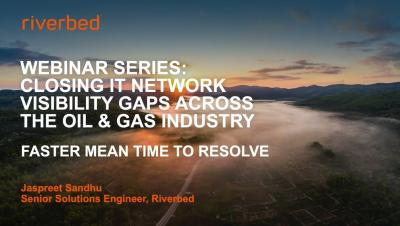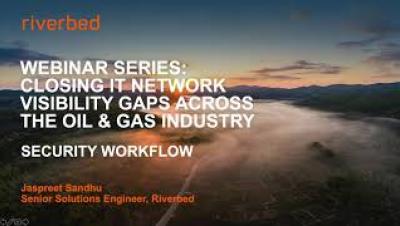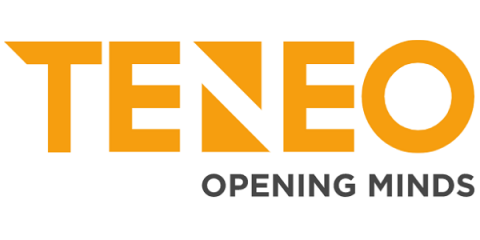Operations | Monitoring | ITSM | DevOps | Cloud
Teneo
Riverbed Webinar Demo - Security Workflows
Securing SD-WAN in a Cloudy World
How Zero Trust Enables Work from Anywhere and Builds Toward a SASE Vision
Why ZTNA Solutions are Important Right Now
2021 marked the fifth consecutive year of record-breaking security attacks. Zero-Day attacks skyrocketed, with 66 exploits found to be in use, more than any other year on record and almost double 2020’s figure. Meanwhile, a staggering 66% of organizations have suffered at least one ransomware attack in the last year, with the average ransom payment soaring by 63% to $1.79 million (USD).
Top 3 Reasons Why You Should Work with a ZTNA Service Partner
With remote and hybrid working now commonplace for organizations, many IT departments are weighing up the pros and cons of moving to a Zero Trust Network Access (ZTNA) model to replace traditional VPN, or other remote access approaches. While the benefits of moving to ZTNA are compelling: improving user experience, providing enhanced security, reducing management overhead, and increasing visibility and control, it can often be a challenge to select the best approach for your business.
Observability vs Visibility - what's the difference?
Observability is a new term that’s slowly entered the mainstream over the last two years. Today it’s used in the context of monitoring, but it’s much more than that. And it also goes way beyond visibility. So, in this blog, we set out to explore observability vs visibility and find out, what’s the difference? In a recent podcast, our friends at Riverbed neatly explained that seeing and observing are two different things, and can be compared to hearing vs listening.
Zero Trust Network Access (ZTNA) vs VPN: the core evolution
According to Gartner, by 2023, 60% of enterprises will phase out their VPN in favor of Zero Trust Network Access (ZTNA). In this blog, discover the four key advantages of ZTNA vs VPN. VPN (Virtual Private Network) has been the dominant solution securing remote access for users and has been considered a good solution for almost three decades. VPN benefits included keeping data secure, protecting online privacy, and reducing bandwidth throttling.
What a delayed SD-WAN or SASE decision could cost you
Winners make good decisions fast, execute them quickly, and see higher growth rates and/or overall returns from their decisions. That’s according to a McKinsey study, ‘Decision-Making In The Age Of Urgency’. But the same study also pointed out that ineffective decision-making has significant implications for company productivity today. On average, survey respondents said they spent 37 percent of their time making decisions.
Does A Multi-Cloud Strategy Mean Compromising on Application Performance?
Based on the Teneo customers I’ve spoken with in the last 12 months, adopting a ‘‘Cloud-First’, Multi-Cloud strategy is often a top priority for Infrastructure and Operations (I&O) teams. However, many organizations have multiple clouds and cloud services mixed with physical data centers and Co-Lo (co-locations). And as a result of running multiple applications and services stitched together, user experience suffers.






